I want to start with the fact that this IS NOT a question on how to determine the brightness of a color!
So, my problem is that I'm searching for a way to arrange a collection of colors by their brightness. I have a function that calculates the brightness with all of the methods mentioned here and more. This is a great article that does almost exactly what I need but I'm not sure about a couple of things, so having it as an example would help me a lot in explaining what I'm trying to achieve.
I want to construct the whole plot with all colors using matplotlib.pyplot instead of using bokeh. Bokeh does a great job but I need to be consistent with other things in my project so I need to reconstruct it with matplotlib. I tried a few methods but couldn't achieve the results I was looking for.
Also, it would be great if instead of creating the plot the way it's created in the article, I could create it vertically, similar to the ones from the answers here, more specifically, the answers by Petr Hurtak and Kal, only do it in a square instead of using an elongated vertical rectangle like they did.







